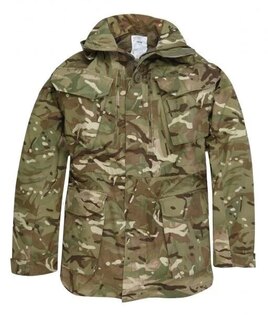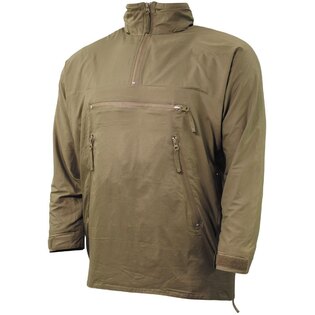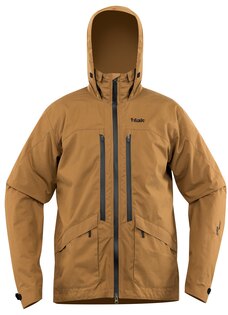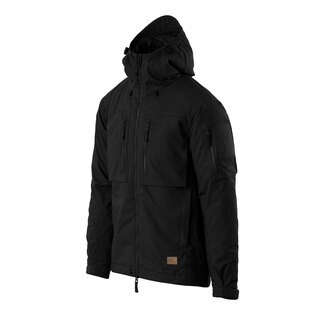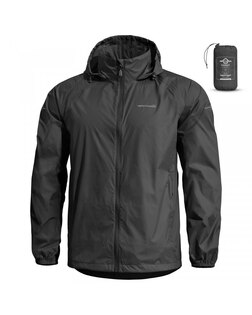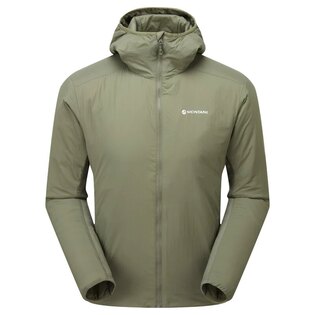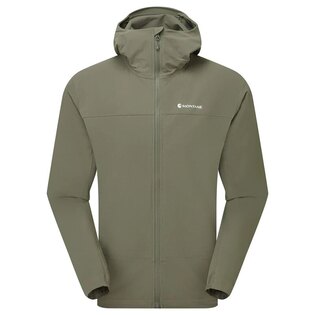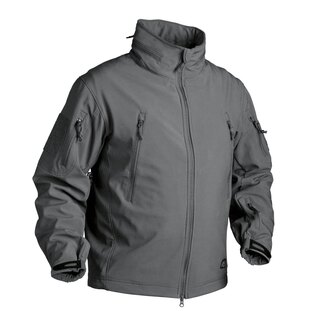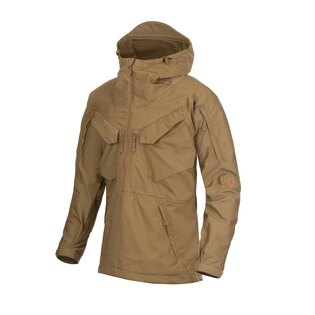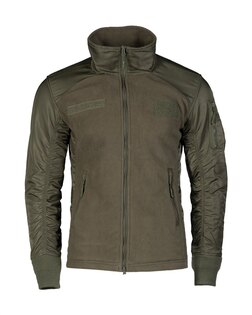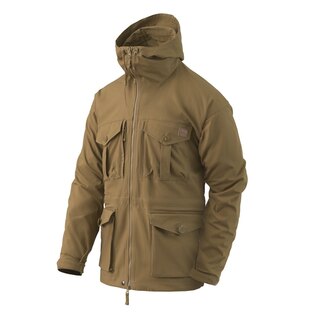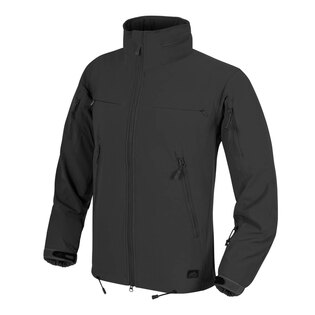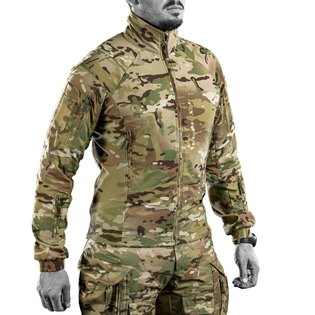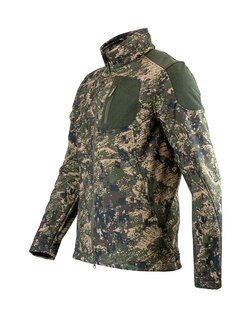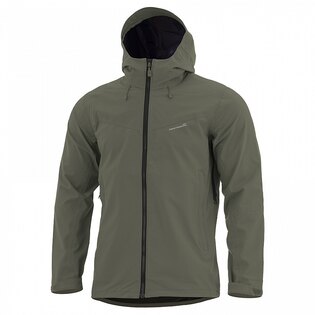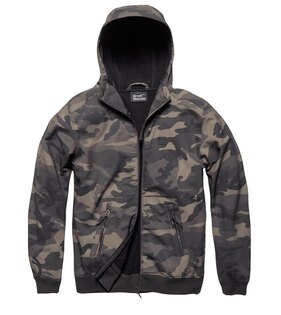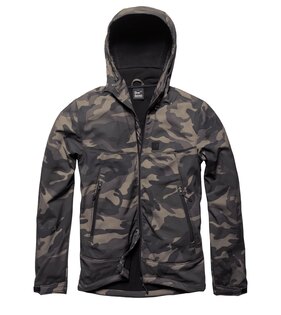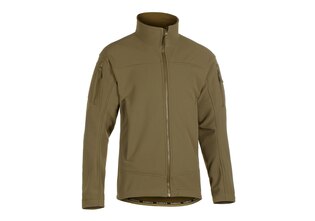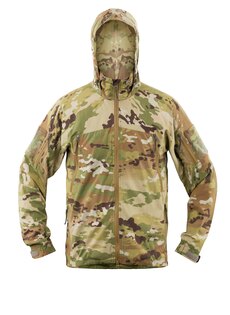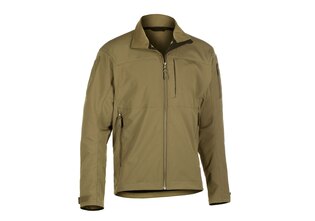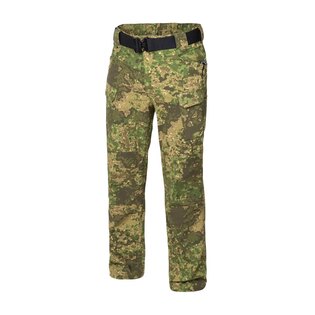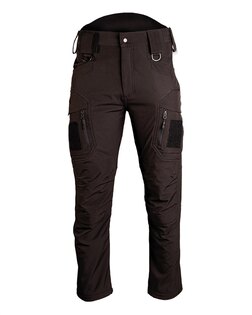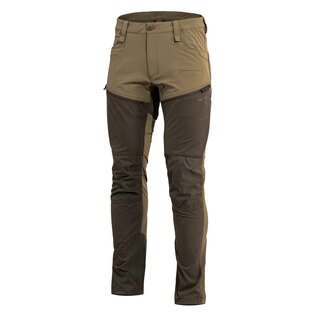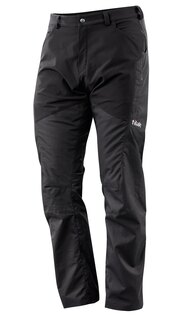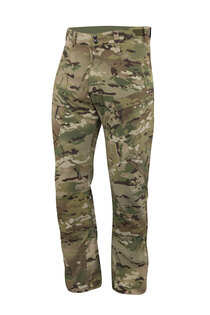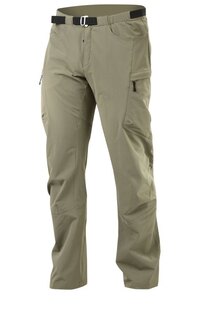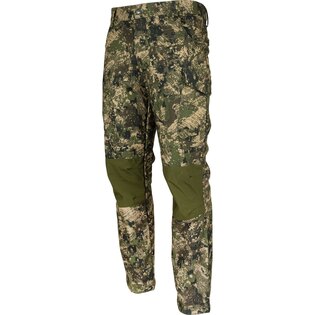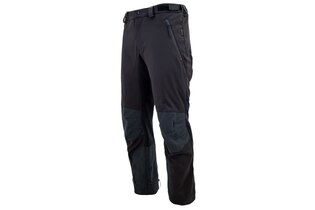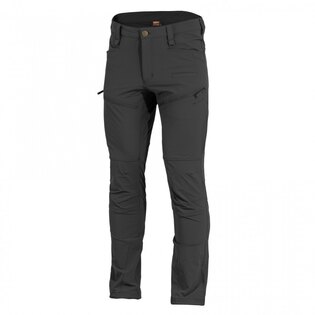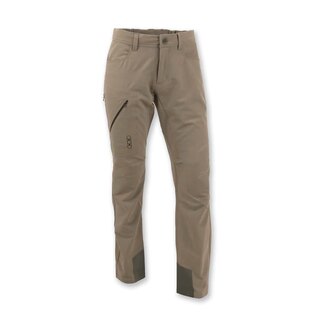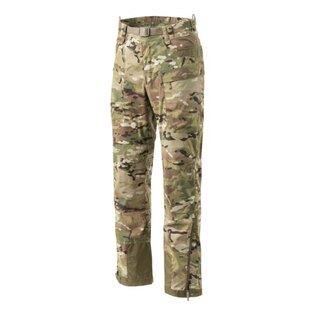Softshell: The History and Introduction of a Material That Conquered the World
Softshell clothing is likely found in almost everyone's wardrobe. This material is especially popular among people who spend part of their time engaging in active outdoor pursuits. Today, we’ll take a closer look at this functional textile, its history, and its practical uses.
History
The history of softshell material is relatively recent and not wrapped in complex lore. The first softshell was developed around 1999–2000 by Malden Mills, a company already well-established in the textile industry. Malden Mills, based in Massachusetts and founded by Henry Feuerstein in 1905, is also the creator of the famous Polartec fabric. The goal of Malden Mills was to specialize in modern, high-performance outdoor textiles — a goal they undoubtedly achieved.
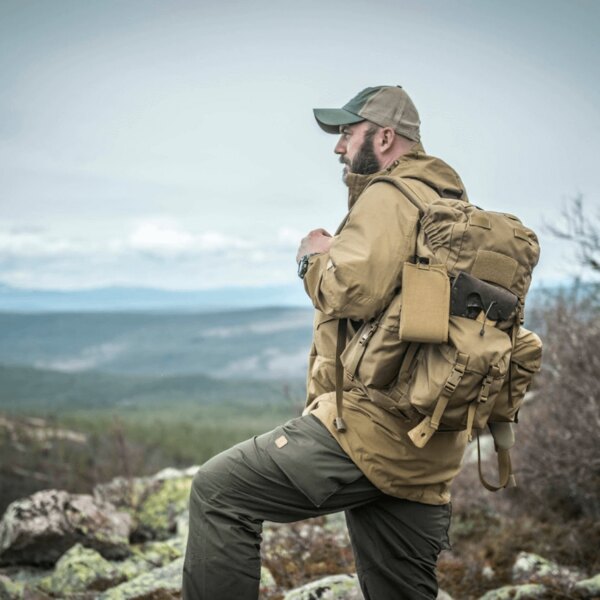
Softshell was designed primarily to offer comfort during demanding physical activities and under variable weather conditions.
Softshell was designed primarily to offer comfort during demanding physical activities and under variable weather conditions. The outer layer typically consists of elastic, tightly woven polyamide fibers, treated for water repellency and resistance to mechanical damage. The inner layer is often made from fleece, providing excellent thermal insulation and effective moisture-wicking properties, reducing concerns about sweating during activities like hiking or sports.
Softshell is a multifunctional material capable of replacing several clothing layers, allowing for greater freedom of movement — one of the reasons it became so beloved among athletes and outdoor enthusiasts. No one enjoys the bulk and restricted movement that comes with wearing multiple heavy, non-breathable layers. With softshell, that’s a problem of the past.
Why is Softshell So Popular?
There are several reasons for softshell’s enduring popularity. First, it’s a soft textile, making it perfect for active movement — a fact reflected in its very name. It’s also elastic, adapting easily to your body. Furthermore, softshell stands up well to adverse weather: it is wind-resistant, provides good thermal insulation, and offers a degree of water resistance.
Softshell meets the demands of even the most discerning users. Today, you’ll find softshell widely used in outdoor apparel and footwear, and increasingly in children's clothing. It’s particularly useful in windy and cooler conditions, ensuring comfort during outdoor activities.
Types of Softshell
Like many textiles, softshell is divided into two main categories:
- Membrane Softshell: Features a functional membrane between the outer and inner layers.
- Woven Softshell: Lacks a membrane; water resistance is achieved through surface impregnation.
When choosing between the two, consider what you need:
A membrane softshell offers better water and wind resistance, making it ideal for harsher mountain environments where the weather can change rapidly.
Conversely, woven softshells are more breathable and better suited for lighter activities such as springtime running or hiking.

Softshell is truly one of the breakthrough materials that has revolutionized outdoor wear.
Key Parameters to Watch
Just like any high-performance fabric, certain parameters are crucial to softshell’s functionality:
- Waterproof Rating: Measured by the water column height in millimeters. A material must withstand at least 1,300 mm to be considered waterproof by international standards.
- Breathability: Measured by the Ret value. The lower the Ret value, the better the breathability. A Ret <6 signifies very good breathability, ensuring you stay dry during intense activity.
- Wind Resistance: Most softshells resist wind well, but membrane softshells offer superior protection in harsh conditions.
Proper Care is Essential
While some might overlook it, proper maintenance significantly extends the life of softshell garments.
Avoid regular detergents; instead, use products specifically designed for softshell fabrics. Always wash your garments separately and at the temperature recommended by the manufacturer.
Regular re-impregnation also helps maintain their protective properties. Good maintenance ensures that your softshell clothing remains durable, functional, and vibrant for years to come.
Final Thoughts
Softshell is truly one of the breakthrough materials that has revolutionized outdoor wear. It eases our adventures by protecting us against rain, snow, and wind, while offering freedom of movement, warmth, and reliable moisture management. Often, we don’t even realize how much a simple softshell jacket can enhance our experience. It’s fantastic to have the choice among such multifunctional materials — and for that, we owe great thanks to their creators!
Readers are further interested





































































































































